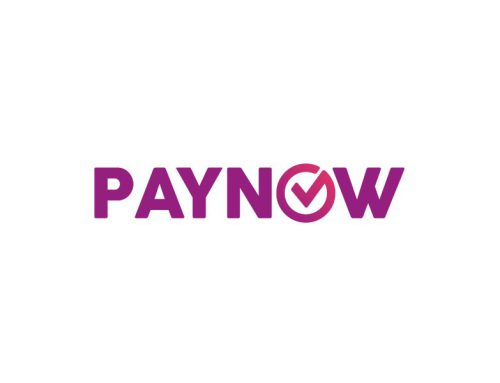A convertible note is a form of loan to the company which can be paid back in the form of equity. The investor or lender places monies in a company and receives discounted shares which are issued at a later date. This is a very popular instrument in which startups use to raise funds. The existing company shareholders do not lose control over the company as no shares are issued initially yet the company receives the funding which it needs.
The investor or lender is considered a debtor. They can set a maturity date for the convertible note and if the company decides not to issue shares, they can be repaid in cash plus an agreed interest. Due to the flexibility of a convertible note, it is usually a very popular alternative to equity financing for startups.
Here are the usual steps a company may take to issue a convertible note:
Step 1: Issue a convertible note term sheet
This is a document at the initial point of agreement. It is a letter of intent to enter into an agreement and it spells out the basic terms of the convertible note agreement. This is done prior to the drafting of the actual agreement and before due diligence is done. It represents an intention to enter into a binding legal agreement.
Step 2: The convertible note agreement
This document is a legally binding document and spells out the terms and conditions of the agreement. The important terms in the agreement are the investment threshold, the valuation cap, the discount rate, the interest rate and the maturity date.
The investment threshold is when the convertible note will convert to equity. It is essentially the maturity of the convertible note.
The valuation cap limits the number of shares that the company can raise and thus prevents the investor or lender’s shares from becoming too diluted.
The discount rate is the additional equity reward the investor or lender will receive for coming on board as an investor or lender in the early stages of funding. For example, if the discount rate were 20 per cent, the investor would be able to purchase equity at a 20 per cent discount when new stock is issued.
The interest rate is the interest that is charged to the company.
The maturity date is the date at which either the loan is repaid in cash or through the issuance of company stock.
Step 3: The convertible note certificate
Similar to a share certificate, this is a deed confirming the purchase of the investor or lender of the convertible note instrument. It must be executed in the manner the company executes deeds.
Understanding how a convertible note certificate operates can help startups to raise funds without giving up too much control over the company. It is a very popular and viable alternative to equity financing. It is, in a nutshell, a loan which the company can repay with cash and interest or with company stock at the maturity date.
When in doubt, seek legal advice or consult an experienced ACRA Filing Agent.
Yours Sincerely,
The editorial team at Singapore Secretary Services
For more useful articles and videos, visit the Singapore Secretary Services resource page.
If you would like to submit a question or would like us to do an article on certain topics, please email us at [email protected].
Other useful articles:
Singapore Company Shares and Share Classes
Steps to incorporate a Singapore Company
Why is Singapore a good place for foreigners to start a company
Common Tax Reliefs that will help to reduce the tax bill for Companies
Common Tax Reliefs that will help to reduce the tax bill for New Start-Up Companies
Understanding the Responsibilities of a Company Director in Singapore







Leave A Comment